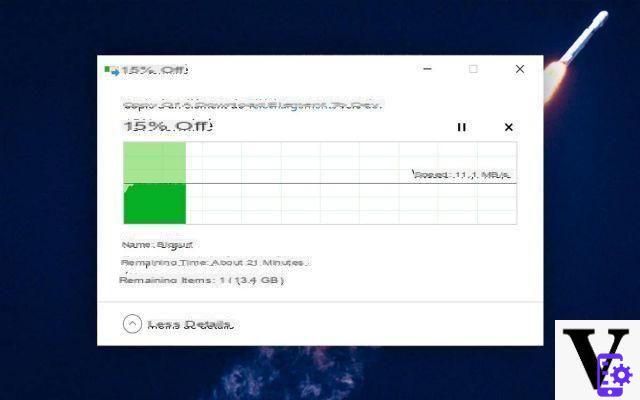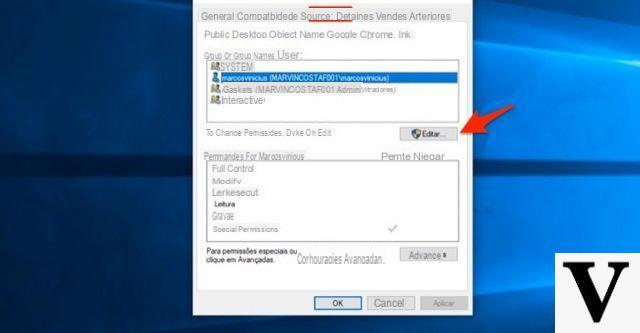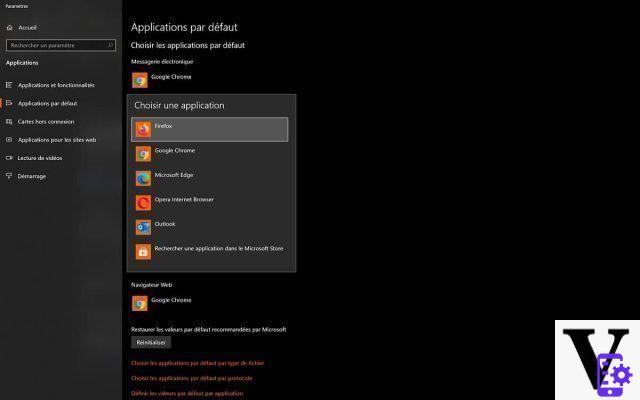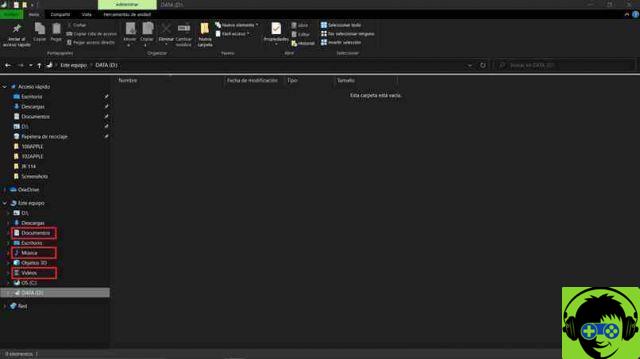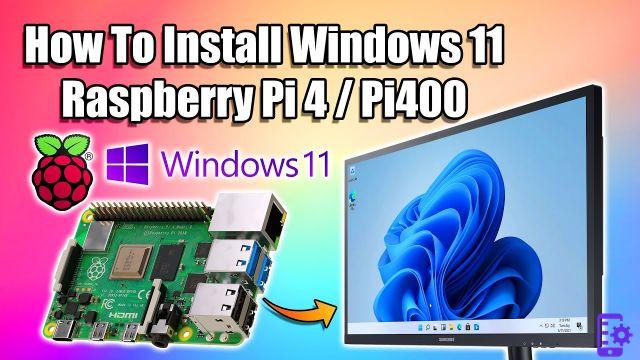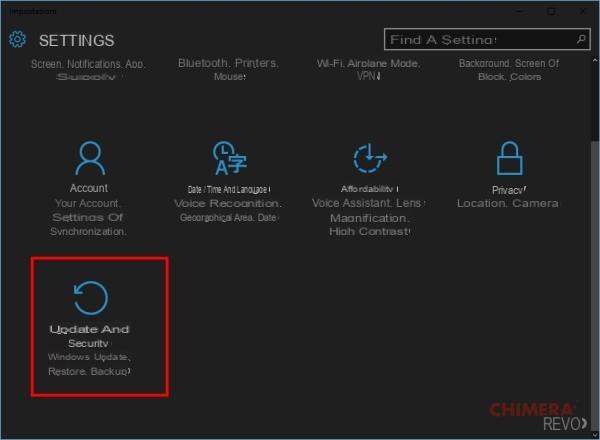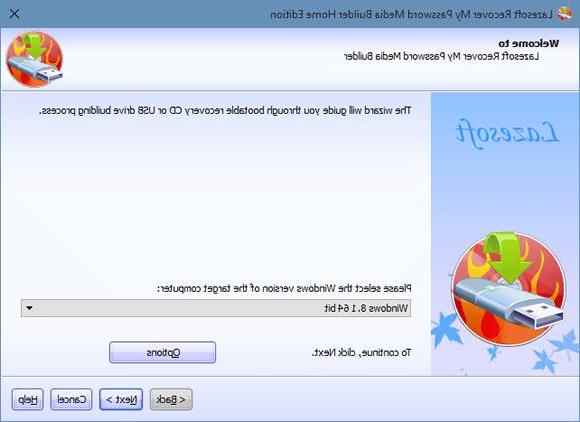System resources they are all those internal tools and programs that a computer has need to get it working properly in its operating system.
Since Windows is one of the most popular and easiest to download systems, many people want to know its resources. If you want to find them on your Windows 10 system, here we tell you how.
Where can I find system resources in Windows 10?
There are several mechanisms to find these resources, but one of the simplest is through the "Resource Monitor", a tool that allows you to see information about the CPU, network, RAM and disk without having to install another tool.
The best part is that it is extremely easy to access. You just have to go to the Windows Start button and type "Resource Monitor". Just click on it. Remember not to confuse it with «Performance Monitor «, as it is a very different tool.
Use the sidebar diagnostic software for information
Using the Sidebar Diagnostic you will have the possibility to know in what conditions are the internal functions of your device, constantly checking hardware elements such as CPU, RAM, GPU, network and other drives.
This will allow you to know any anomaly that the equipment presents so that you can check and enjoy its full operation.
What is it and how can I download Sidebar Diagnostics?
Sidebar Diagnostics or Sidebar Diagnostics, is a program that allows you to constantly monitor the operation of the computer.
This open source software application has the task of reporting the status of the hardware functions used by each device, showing a bar at the side of the screen, which can be customized according to the preferences of each user.
You can download Sidebar for free by searching for it from Google and entering a web page that contains it, making sure it's a safe site and well appreciated by users.

What does the sidebar diagnostic bar include?
The five basic hardware functions should have on the bar, as they provide us with this fundamental data in real time.
What does the sidebar diagnostic bar include?
The five basic hardware functions should have on the bar, as they provide us with this fundamental data in real time:
"CPU" where it expresses the temperature, the clock, the load and the central load, the use of the fan and the voltage. «GPU »Which informs us about the load of the VRAM.
«RAM »Which informs us how much storage space we are using and how much free we have. " Unit »Which exposes the loading bar, reading speed and writing speed.
And the space of network, which allows us to see the width of the entry bar and the width of the exit bar, as well as the IP address. However, the bar can be configured with each user's preference data.
How can I customize the sidebar sidebar?
The diagnostic sidebar can be placed on either the left or right side of the device. Likewise, for those users who are easily distracted and prefer not to have it on the screen, can be transferred to the screen of another connected device.
Also, you can customize it to show you what you expect to see constantly, simply by going into the settings, once the program is installed, and choosing what you want to see in the sidebar bar, the width of the bar, the color and much more.
Is it possible to customize the monitors in the sidebar?
Obviously entering the configuration you will find a Monitors button, where you can customize to your liking, selecting the expansion of each monitor, whether it is CPU, RAM, CPU, Network or Unit, and therefore, the information that is read in each.

How to use taskbar monitors in Windows 10?
Currently, Windows allows you to change the screen size and also of expand the interface and its content to other screens connected to the PC.
Windows will automatically detect the second device and to share data on the second monitor you need to open the multiscreen option which you can find in the taskbar, in the lower right corner of the screen.
There you will see a side screen showing different options and you have to select the one that says Expand. From the settings you can duplicate the main screen so that it appears on the new monitor and customize it as you see fit.
What do monitors add to taskbars for me?
When installing a second or more monitors, the taskbar will have more options with which you can control all connected monitors.
By going into the tray settings and selecting the option to show all taskbars you will be able to see which programs you have open on each monitor.
How do I open the icon on the system tray?
You have to click on the icon on the system tray, which you will find at the bottom of the screen. The same is true if you want to close it.
How can I add more disk icons to my taskbar?
The taskbar can be configured in many ways. Among the things that can be added are icons.
To add more, you need to click on the right edge of the application icon you want to add to the taskbar and select the More option You will see the Add option or pinned to the taskbar. Finish the procedure simply by selecting.

Learn how to configure your taskbar colors
If you want to change the colors, you should select Start from the Windows icon and go to Settings. Locate the Personalization tab and click on the Colors option.
When you see the screen with the spaces that allow you to change the color, you have to select in the taskbar. Then you can set the color you like. It can be a predefined one from the Windows palette or one custom tailored for you.
What other tools can help me get system resources?
A good alternative to Sidebar Diagnostics is CPU-Z, which also collects real-time information from the CPU, RAM, and other hardware functions.
Even the Open Hardware Monitor, another open source software that monitors voltages, load, temperature, clock speed and fans, can be of great help.
Another option to monitor the main hardware functions is HWMonitor. Most importantly, these tools can also be found for free on the web.
How is the performance engine used and what is it?
It is a tool integrated into the computer operating system and lets you find out if some features are not working properly and why.
You can access it by typing Performance Monitor in the Windows startup search engine. Once open, you need to view the Monitoring Tools tab and select Performance Monitor again.
This will show you a graph of the system not working properly, the time it failed and the reason it did, also indicating the percentage of failures that the computer has.

Find out how to use the system explorer
Windows File Explorer is very practical and easy to use. The first thing to do is to insert it, via the icon on the main bar, with a single click. Or, in case you haven't set it up, by typing File Explorer in the Start Menu Finder.
There you can copy, paste, rename and move each in the folder of your choice, options that will appear when you press the file. It also offers you the option to print your documents without using an additional application.
You can create custom folders and organize the way you view all your documents, by the horizontal bar at the top of the screen, above which you will find also a search engine to easily locate your files and programs.






